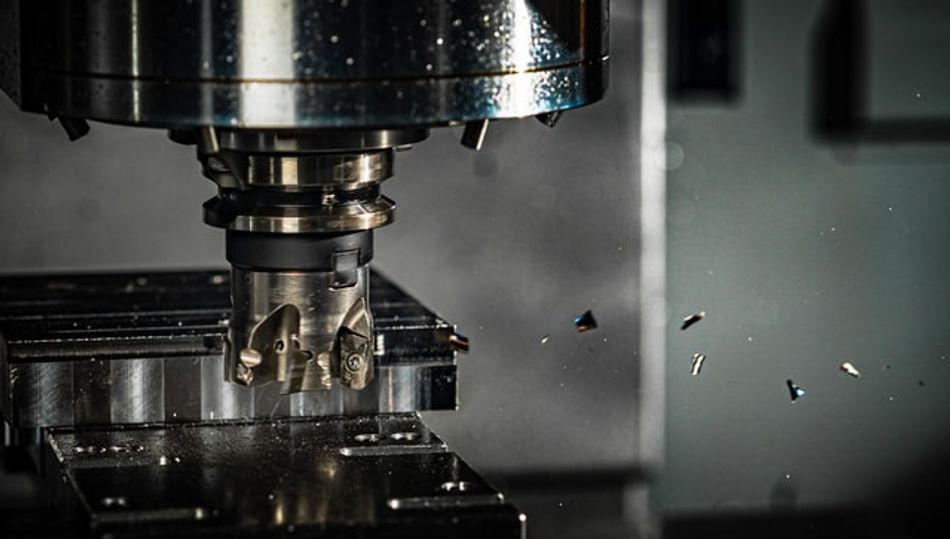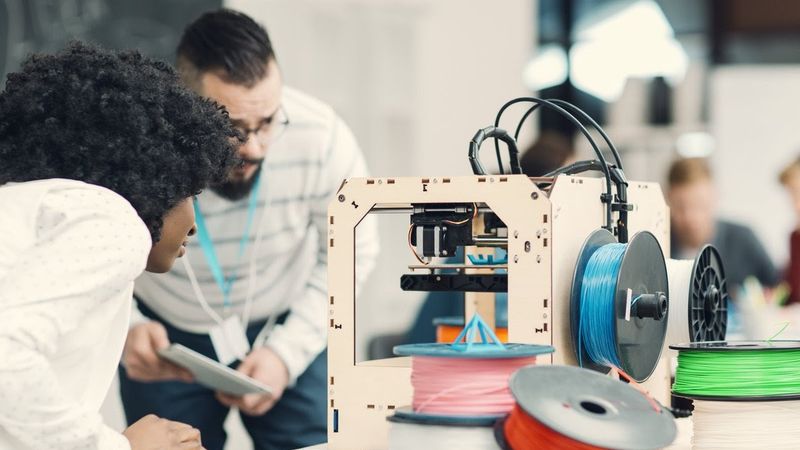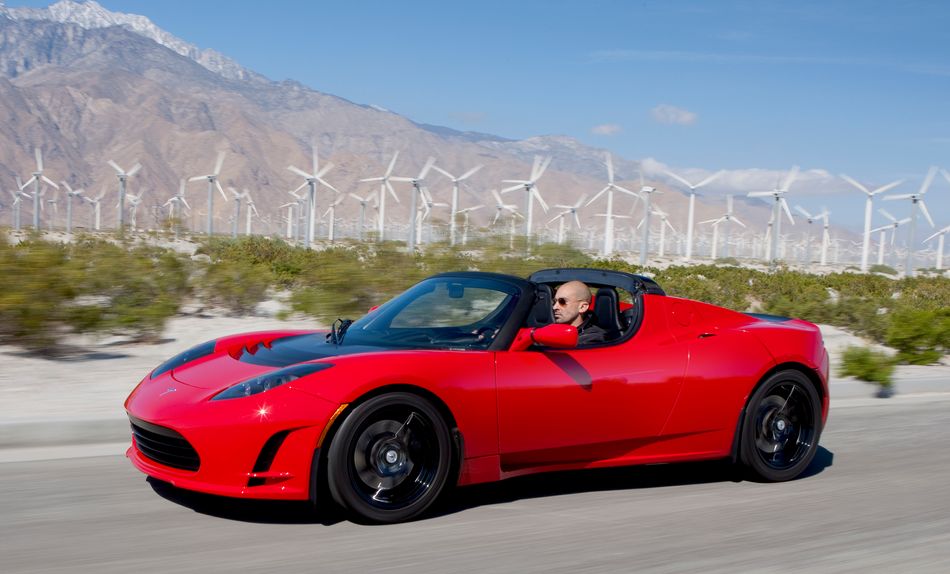The Art of De-risking a Hardware Startup
Every startup inherently possesses significant risk, so mitigating risk is crucial to achieve business success. Here are some strategies to de-risk a startup, including finding the right partners to help grow the business.
Golden age of software...and hardware
The development and subsequent scaling of cutting-edge software is easier than ever. Software startups can release products with possible bugs and provide fixes to users somewhat seamlessly, while continuously improving their products[1]. On the other hand, hardware—the interface and tool by which all software becomes useful—remains much more complex to produce.
To secure satisfied customers of novel hardware, a functional, relatively flawless, tangible product is expected from day one. Because of its intricacy, hardware requires more steps, roles, processes, tools, and, therefore, risk. We need to overcome this complexity because hardware is an indispensable part of the ongoing technological advancements in today’s society. In a time when the Internet of Things (IoT) is fastly becoming reality, hardware is absolutely a key component in this technological trend.
Manufacturing is a technology-based industry that is always evolving, and the understanding of current trends and cutting-edge technologies is paramount for success. Hardware is not as easy to update as software and, therefore, must be built with more longevity in mind. Ideally, agility is also key in hardware design such that it is optimized during the prototype stage for a more successful scale-up.
Hardware product development is challenging, owing in part to the associated high-risk and up-front costs. However, new technologies are helping hardware entrepreneurs de-risk their startups by making it faster, easier, and more cost-effective to transform their ideas from prototypes to production.
What is de-risking?
De-risking means reducing the chance of harm, danger, or failure of your business. One of the best ways startups can de-risk is by effectively focusing on their core competencies and attaining external partners for their non-core strengths.
The term de-risk originates in the finance environment and refers to the practice of canceling or limiting relationships with clients, so the associated risk is lower[2]. A bank, for example, may require that a customer secure specific insurance to offset the lender’s risk. Small Business Association loans often require professional liability insurance to cover loss due to human error, such as malpractice insurance for a physician[3].
In the case of hardware startups, the risk is not necessarily based on client choice (or termination). Rather, a startup needs to recognize in-house strengths and know when to leverage partners to handle the areas lacking expertise. While larger companies can have departments devoted to operations like marketing and supply chain management, for example, smaller companies can take advantage of outside professionals to perform this work, leaving them free to harness their own competencies. Not only will these areas be covered with experience and skill, but also the financial risk is lessened. Contributors to Entrepreneur.com suggest that you “outsource your weaknesses” rather than hiring employees specifically for these tasks, which is more expensive in most cases since outsourcing can save up to 60% of a company’s overhead[4,5].
How to de-risk a startup
A lean startup focuses on developing a particular product or company that meets the explicit desires of the market. Many startups fail simply because of low demand, such as Juicero’s fancy juicer that no consumer seemed to want in the mid-2010s[6]. Therefore, market awareness is key when considering a product idea. However, the commonly uttered statement, “Hardware is hard,” is hopefully becoming less true. Over the last few decades, innovators have learned techniques that can make a hardware startup not so hard despite the complexity involved. The size of a successful startup team is a fraction of what it used to be, and the required initial investment can be 10–20% of that 20+ years ago[7].
Hardware startups often make use of partners to acquire particular services to use less capital and de-risk while pursuing growth. While employing standard components wherever possible is good practice[8], having the right partners for custom parts is also smart de-risk behavior. Finding such a partner can substantially lower product development costs and time-to-market.
For example, in the early 2000s, US automaker Tesla was a startup with expertise in developing two key components of a car: an electric powered engine and a battery. Rather than building every component of the car, Tesla partnered with Lotus Cars to create the Tesla Roadster (first generation). Lotus provided all the necessary elements for a successful car assembly, while Tesla focused on its key differentiating components. Tesla would likely have drained their capital by developing their own car at this early stage. They were able to de-risk with the right partner to prove their concept and gain the strength and success to build their own car later.
The Tesla Roadster first edition. Image credit: Tesla/Mariordo
In the world of hardware, startups are offering solutions to better manage risk when it comes to developing a supply network quickly. Most large hardware businesses are highly rigid and secretive about their supply networks. Developing such a network is an expensive process, and many companies fail in part because of the time and money required to develop it. So, hardware startups are taking the lead on their challenges by thinking outside the box on more than just their products[9]. Their unique business models may include offering equity for mentorship and seeking outside help to gain access to an established supply network.
How to de-risk a hardware startup with cloud manufacturing
Hardware startups have a strong product development IQ and a good understanding of what is required to make a game-changing product. However, they may lack knowledge in parts of the development equation, where in-house resources would be expensive to develop.
By partnering up with the cloud, hardware startups will decrease their risks and drastically cut their procurement and supply network costs of acquiring custom parts. The service can fully handle custom part needs via an established software and manufacturing network. A startup needs to simply upload drawings of their custom part, configure its specifications, and place an order. The parts will then arrive quickly at their chosen location.

“Ultimately, a hardware startup should want to get from point A to point B as fast as possible with the fewest resources,” says Thomas Hoffmeister, Chief Commercial Officer at KREATIZE GmbH. “By choosing to develop your own supply network, the upfront costs and time-to-market become much higher. Setting up a quality custom parts procurement network simply takes time.”
In a way, cloud manufacturing can provide the services Lotus offered Tesla from a supply network perspective. A startup brings in an experienced partner who can handle procurement needs for custom parts with ease. The startup de-risks by having access to a proven supply network. Much like the experience Tesla would have had if they had to build a car from scratch, a startup will face significant obstacles without a knowledgeable partner.
How can KREATIZE help a startup de-risk?
KREATIZE aims to help startups succeed from prototype to scale-up and de-risk as much as possible. We provide startup engineers with the tools to create products quickly without having to navigate cumbersome procurement processes. With our proprietary and patented software, KREATIZE uses the power of cloud manufacturing to give you access to state-of-the-art industrial facilities, which contributes to mitigating all supply-related risks.
“Startups must de-risk as much as possible to succeed,” says Hoffmeister. “With KREATIZE, a company is de-risking by plugging into a cloud network and skipping the expensive and time-consuming efforts of procurement and developing a supply network. Our KREATIZE team becomes your partner to better configure your custom parts.”
References
https://www.worldbank.org/en/topic/financialsector/brief/de-risking-in-the-financial-sector
https://vault.buildbunker.com/2020/03/31/sba-loan-insurance-requirements/
https://www.cbinsights.com/research/report/hardware-startups-failure-success/#conc
https://beneinstein.medium.com/stop-saying-hardware-is-hard-62fdd3052a2
https://techcrunch.com/2013/11/16/the-lean-hardware-startup-from-prototype-to-production/
https://www.cnet.com/news/for-hardware-startups-its-getting-less-hard/
This article was written with contribution and editing from engineer and technical writer Kimberly Sweetland.

